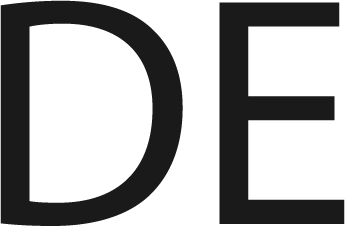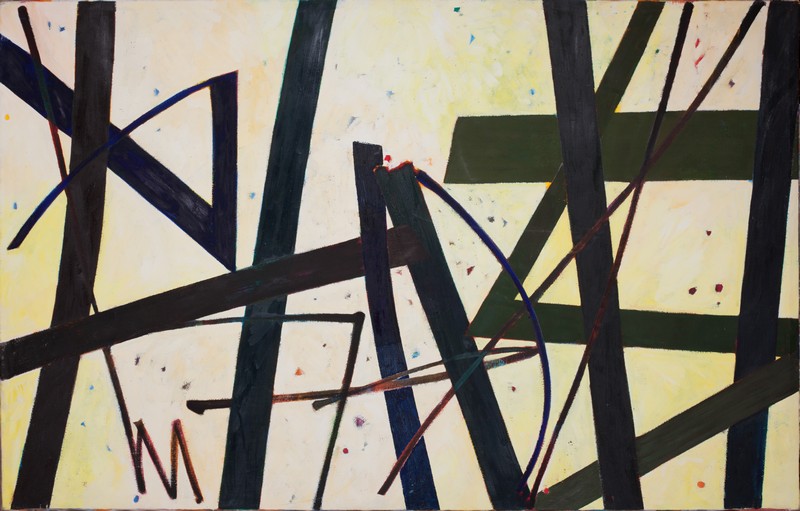The gallery offers a preview of a large selection of works grouped according to chronological
chapters spanning from 1955 - 2007.
As the legacy in its entirety numbers thousands of works, for the purpose of your research you
are
welcome to apply for a
PDF of the catalogue featuring information on all of the catalogued works so far.
Note: The presentation of Richard Hirschbaeck’s archive on this site is ongoing. Further works
will
be added through regular updates.
If the latter is seen as an extremely charged period, it is followed by a point of culmination and settling down. The ‘disturbance’ is refined and all excess elements are cleaned up. It is here where gesture as such occupies most of the painting. The gesture appears as if it has been worked on and refined for decades, to be able to finally achieve this point. It is exactly in this period where the canvas is no longer just a surface, a ‘carrier’ for the narrative. The meaning of the painting as a whole shifts and the materiality of the wooden frame, texture of the canvas and its place in space are put forward. The loosely mounted canvas on the frame, sometimes attached using only pins, suggests both an urgency in transferring the message as well as pointing out that the canvas is actually a material and formal element of the painting as much as the paint. The paint and canvas together step out as an object which denotes a more conceptualized approach. In one painting, the author emphasizes this aspect even more by utilising a dry brush and letting the facture of the coarse canvas surface and play an equal role in the materiality of the work.



